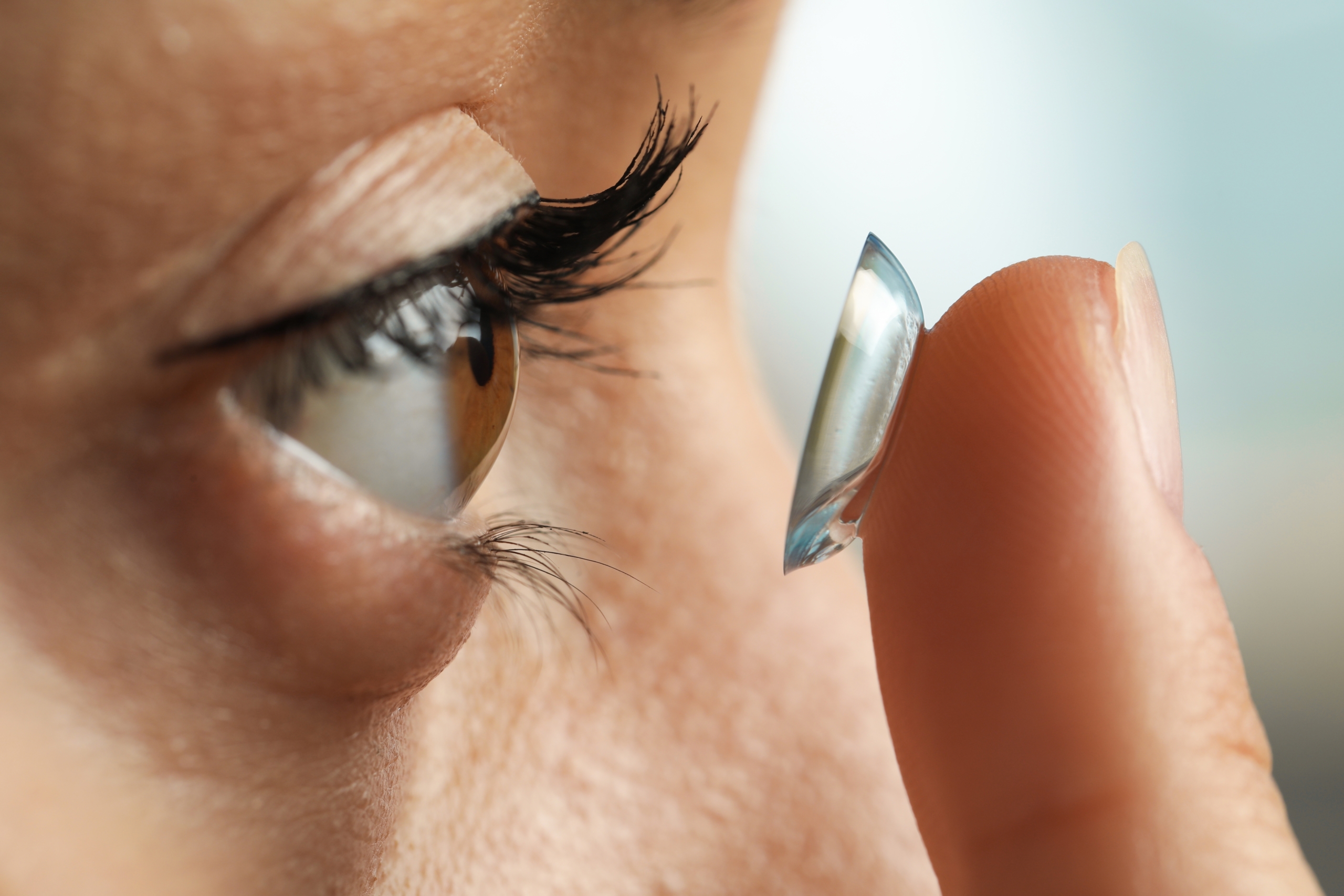Laser Eye Surgery of Erie
Is LASIK safer than long-term Contact Lens Wear?

Is LASIK safer than long-term contact lens wear?
Contact lenses have long been a convenient option for vision correction. However, over time, the risks associated with long-term contact lens wear have become increasingly evident. Studies have found that LASIK (Laser-Assisted In Situ Keratomileusis) surgery is potentially safer alternative compared to extended contact lens use.
The Downsides of Long-Term Contact Lens Wear
- Increased Risk of Infections: Contact lens wearers are more susceptible to eye infections than non-wearers. Many studies have that found that the risk of microbial keratitis, a potentially sight-threatening eye infection, was amazingly up to 180 times higher in contact lens wearers than in those who underwent LASIK.
- Corneal Neovascularization: Long-term contact lens use can lead to a condition known as corneal neovascularization, where blood vessels start growing into the cornea. This can disrupt the cornea’s clarity and oxygen supply, potentially causing discomfort and vision problems.
- Corneal Scarring: The constant friction between contact lenses and the cornea can result in micro-trauma, leading to corneal scarring over time. Corneal scarring may affect visual acuity and quality, making it difficult for contact lens wearers to achieve optimal vision
- Giant Papillary Conjunctivitis (GPC): GPC is another condition associated with contact lens wear. It is characterized by inflammation of the conjunctiva, the clear tissue covering the white part of the eye. GPC can lead to itching, discomfort, and blurred vision, making it uncomfortable for contact lens wearers.
The Safety of LASIK Surgery
LASIK, on the other hand, offers a promising solution to these long-term risks associated with contact lenses:
- Reduced Risk of Infections: According to the American Society of Cataract and Refractive Surgery (ASCRS), LASIK surgery carries a minimal risk of infection due to the absence of foreign bodies (i.e., contact lenses) interacting with the eye surface. The flap created during LASIK heals quickly, reducing the likelihood of microbial keratitis.
- No Corneal Neovascularization: LASIK reshapes the cornea to correct vision, eliminating the need for contact lenses. Consequently, LASIK patients do not experience corneal neovascularization associated with prolonged lens wear, ensuring a clear and healthy cornea.
- Minimal Risk of Corneal Scarring: While LASIK does involve corneal reshaping, the procedure is performed with utmost precision, minimizing trauma to the cornea. This precision means that corneal scarring is exceedingly rare in LASIK patients.
- Avoidance of GPC: LASIK eliminates the need for contact lens wear altogether, thus completely avoiding the risk of GPC and the associated discomfort and vision problems.
Conclusion
While both long-term contact lens wear and LASIK offer vision correction, the risks associated with contact lenses over time are becoming increasingly evident. LASIK surgery, backed by advanced technology and precision, provides a safer and more convenient alternative. It reduces the chances of eye infections, corneal neovascularization, corneal scarring, and conditions like GPC that contact lens wearers may face.
Before making a decision, it is important to consult with and eye doctor. The doctor needs to assess your unique circumstances and recommend the most suitable vision correction option for your needs. It is important to ensure that you are a good candidate for LASIK and/ or contact lenses. When considering LASIK, choose an experienced surgeon and adhere to the post-operative care instructions for the best results.
https://www.ohsu.edu/casey-eye-institute/lasik-vs-contact-lenses
https://ascrs.org/clinical-education/refractive
https://www.aao.org/eyenet/article/lasik-satisfaction-vs-contact-lenses
https://www.erielasereye.com/lasik-prk-best-surgeon-dr-haverly/

